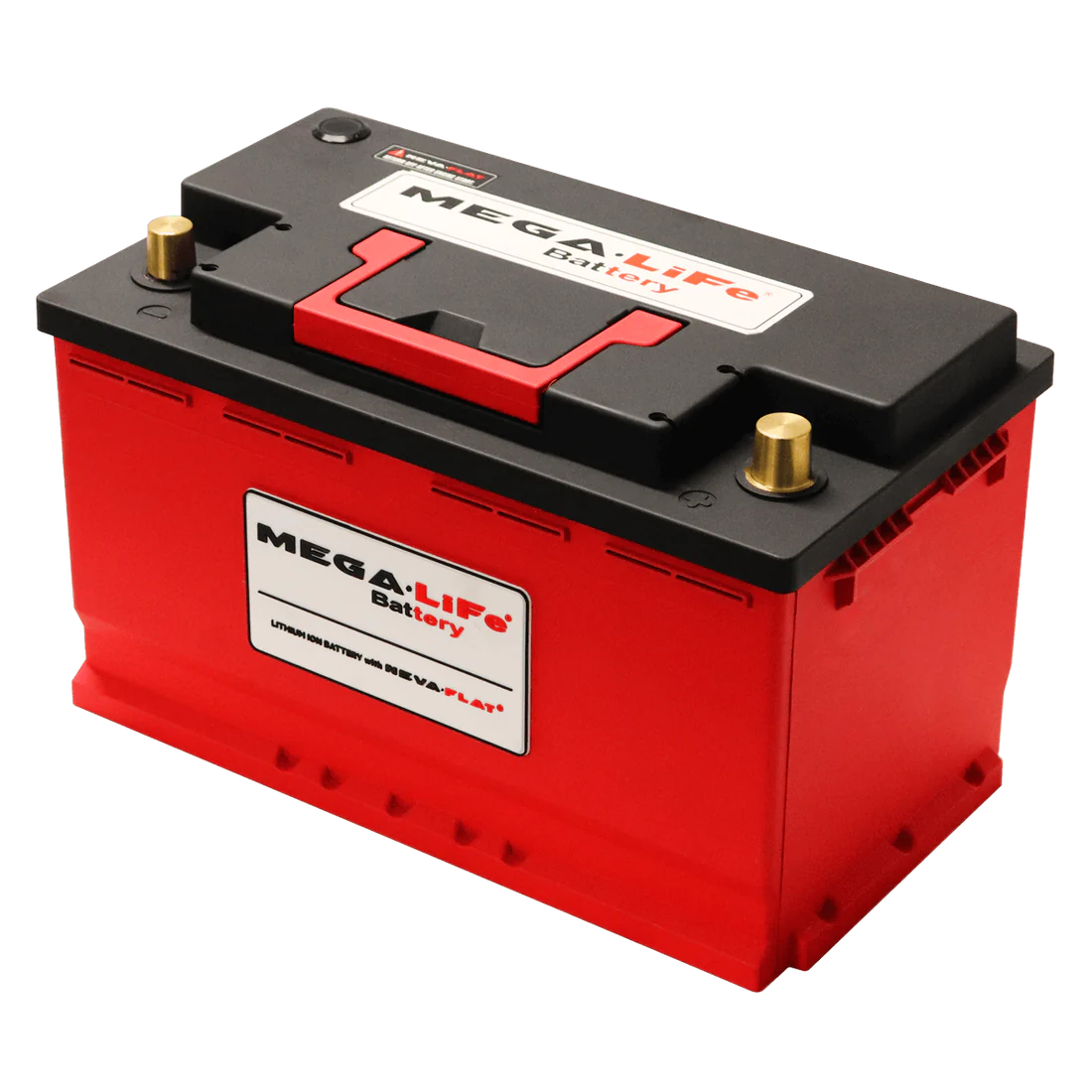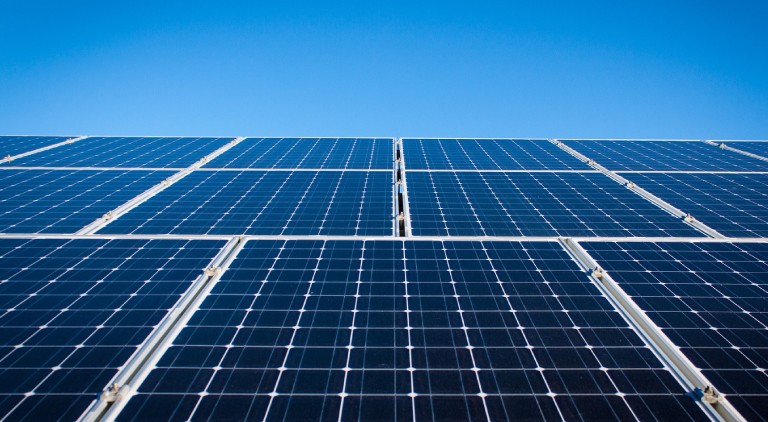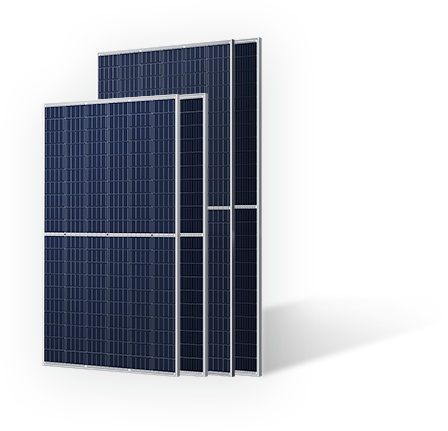Inverters
What are Inverters?
In the context of solar energy systems, inverters are devices that convert the direct current (DC) electricity generated by solar panels into alternating current (AC) electricity that can be used to power household appliances and feed into the electrical grid. They play a crucial role in the functioning of solar PV (photovoltaic) systems by ensuring the compatibility of solar energy with standard electrical systems.
Types of Inverters
String Inverters: These are the most common type of inverters used in residential and commercial solar installations. They connect multiple solar panels in series (or strings) and convert the combined DC power into AC power. String inverters are cost-effective and relatively simple to install.
Microinverters: Microinverters are installed on each individual solar panel, converting DC power to AC power directly at the panel level. They offer advantages such as optimization of each panel’s output, greater flexibility in system design, and improved performance in shading or uneven conditions.
Power Optimizers: Power optimizers are similar to microinverters but are installed at the panel level to optimize the DC power output before it reaches a centralized string inverter. They can mitigate the impact of shading or panel mismatches and enhance overall system performance.
Hybrid Inverters: Hybrid inverters are designed to work with both solar panels and battery storage systems. They manage the flow of electricity between the solar panels, batteries, and the electrical grid, allowing users to store excess energy for later use or during times of high demand.
Uses & Applications
- Inverters are essential components of grid-tied solar PV systems, where solar energy is used to offset electricity consumption from the grid. They are commonly used in residential, commercial, and industrial settings, as well as in off-grid or hybrid systems with battery storage.
Advanatges of Inverters
Energy Conversion: Inverters enable the conversion of solar energy into usable electricity, reducing dependence on fossil fuels and lowering carbon emissions.
Grid Interaction: Grid-tied inverters allow users to feed excess solar power back into the grid, potentially earning them credits or compensation through net metering programs.
System Monitoring: Many inverters come with built-in monitoring systems that allow users to track energy production and system performance in real-time.
Flexibility: Microinverters and power optimizers offer greater flexibility in system design and installation, especially in situations where shading or panel orientation may affect performance.






